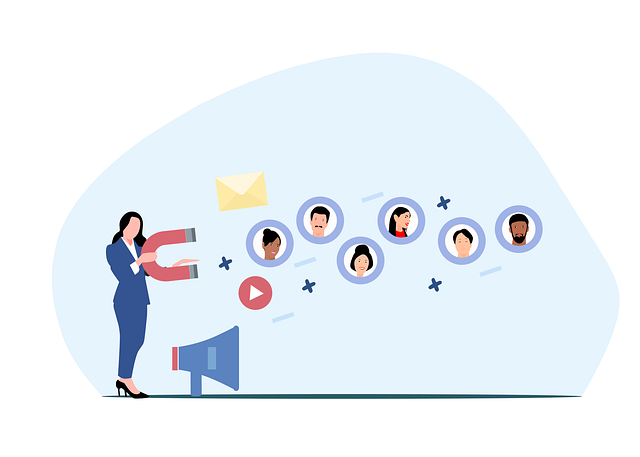In today's cut-throat business environment, having a well-thought-out marketing strategy is crucial for every Business-to-Business and Software as a Service company that aspires to increase engagement, attract better prospects, and drive higher sales. So, how can you develop such a strategy? Enter Mark Evans, a principal at Marketing Spark, who is making waves with his innovative approach to brand positioning, strategic planning, and managing tactical execution.

It’s a universal truth in marketing: knowing your customer is the key to success. However, many businesses, particularly in B2B and SaaS industries, seem to have forgotten this fundamental aspect. Mark, a fractional CMO for B2B and SaaS companies, observes a troubling trend – too many companies are out of touch with their customers.
"Companies are disconnected from their customers and prospects," says Mark. "This gap in understanding inhibits their ability to make the right marketing decisions."
Thus, it's time we changed our attitude about our customers and prospects. But how can we reconnect with our customers and prospects? Let's dive in.
Number 1: Customer Knowledge is Power
In any industry, knowing your customers is not just about identifying who they are; it's about understanding their needs, motivations, and behavior. Therefore, when you understand your customers, you can anticipate their needs, develop products that solve their problems, and create marketing messages that resonate with them.
"Marketing decisions driven by customer knowledge are more likely to succeed," Mark explains. It's a straightforward concept, but one that many businesses overlook.
Number 2: Bridging the Gap
So, how can you get to know your customers better? Here are three strategies to consider:
- Customer Surveys: Directly asking your customers about their needs, preferences, and experiences can provide a wealth of information. This data can guide your product development, marketing strategies, and customer service efforts.
- Social Listening: Monitor social media platforms, online forums, and review sites to gain insights into what your customers are saying about your brand, products, or services.
- Data Analytics: Use data analytics tools to examine customer behavior. This can reveal patterns and trends that can inform your marketing strategies.
Number 3: Changing Our Attitude
Above all, embracing a customer-centric approach requires a shift in attitude. "We've got to change our attitude about our customers and our prospects," Mark insists. This means viewing your customers not as mere sources of revenue but as vital partners in your business's success.
Additionally, by understanding and valuing your customers, you can create a business that truly serves their needs. This isn't just good for your customers; it's good for your bottom line.
In conclusion, knowing your customers is the cornerstone of successful marketing. By understanding their needs, preferences, and behaviors, you can make better marketing decisions, develop products that truly meet their needs, and ultimately drive your business's success.
As Mark rightly points out, "The right marketing decisions are driven by knowing your customers." It's time we brought this understanding back into the heart of our businesses.
Key Takeaways:
1. Understand the Power of Customer Knowledge: Recognize that knowing your customers is the key to making sound marketing decisions.
2. Bridge the Gap: Implement strategies such as customer surveys, social listening, and data analytics to gain a deeper understanding of your customers.
3. Change Your Attitude: Adopt a customer-centric mindset that values customers as vital partners in your business's success.
Ready to reconnect with your customers? B2B companies primarily sell products or services to other businesses, while SaaS companies provide cloud-based software applications and services on a subscription basis - both industries can use these tips to reconnect with customers. To start, ask them about their needs and preferences. Then, listen to what they're saying on social media and online forums. Additionally, analyze their behaviour using data analytics. Lastly, change your attitude about your customers. See them as vital partners in your business's success. It's time to unleash the power of customer knowledge.
